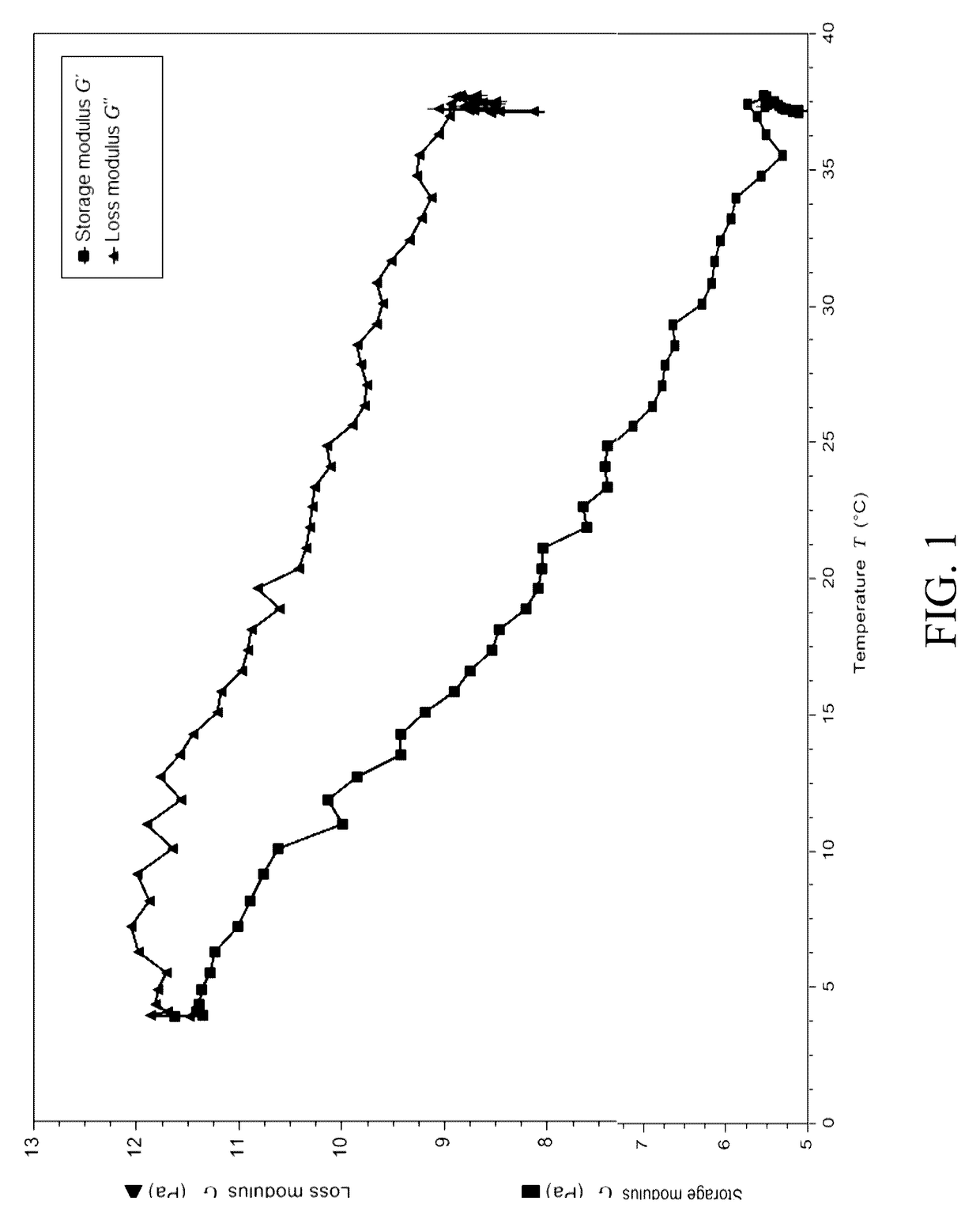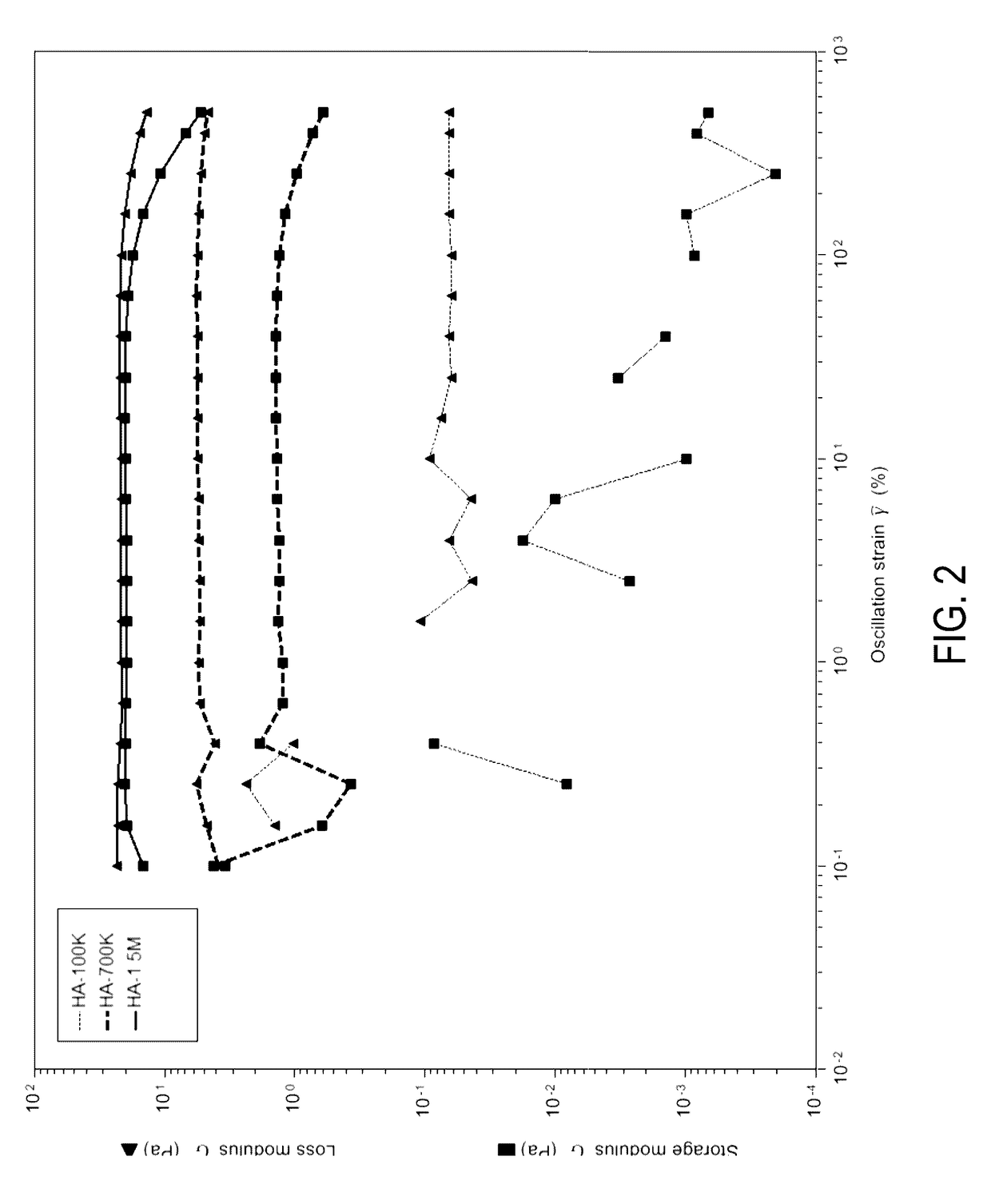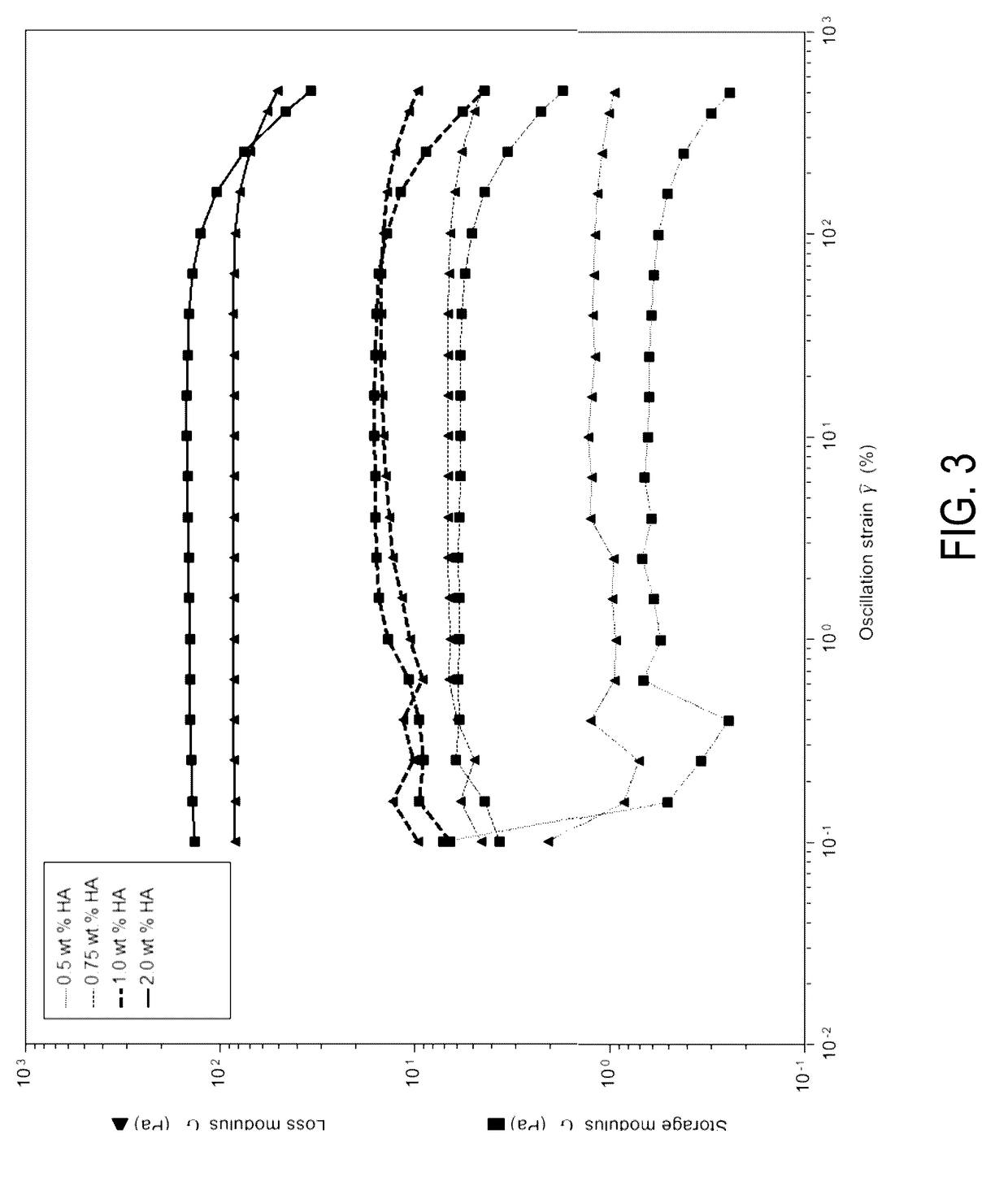Compositions and methods for preparing an injectable medium for administration into the central nervous system
a technology of central nervous system and injection medium, which is applied in the field of compositions and biodegradable compositions, can solve the problems of presenting risks to patients, paraplegia or quadriplegia in a substantial number of subjects, and prior delivery strategies for injection of therapeutic substances into the central nervous system have limitations, so as to facilitate the administration of homogeneous therapeutic cell suspensions, promote cell survival, and facilitate the effect of facilitating clearan
- Summary
- Abstract
- Description
- Claims
- Application Information
AI Technical Summary
Benefits of technology
Problems solved by technology
Method used
Image
Examples
example 1
of Experimental Injection Device in Surgical Setting
[0239]The present invention may is used to perform an experimental injection of neural stem cells into the spinal cord of pigs according to the following protocol. A portable, experimental injection device is constructed in accordance with the specification and figures of Provisional Application No. 62 / 384,505, filed on Sep. 7, 2016, which is incorporated by reference herein in its entirety. Yucatan mini-pigs of 20-25 kg are injected using a preferred embodiment of the invention described in Provisional Application No. 62 / 384,505 (“Experimental Injection Device”). Each pig receives a thoracic T10 laminectomy according to procedures well known in the art. No myelotomy is performed. The pia is nicked with a needle at the site of entry of the injection needle of the Experimental Injection Device. The injection needle utilized in the trial is composed of Nitinol® (nickel-titanium alloy), hereinafter referred to as “Nitinol needle.”
[024...
example 2
Therapeutic Trails Injection
[0251]FIGS. 18a and 18b illustrates trails injected at an angle in a “tent” formation around a prophetic injection site. Two opposing 2-cm long trails injected at 10 degree angles into a 0.6 wt. % agarose gel slab. The trails are composed of 0.75 wt. % hyaluronic acid in PBS and methylene blue was added for visualization purposes. FIG. 18a is a top view and 18b is a side view illustrating the angular injections and the described “tent” feature which may be used to inject a trail of cells and / or therapeutic substances proximal to an injury site in the spinal cord. Wth regard to the injection procedure, reference may be made to Example 1 above.
example 3
Injection Angle Testing
[0252]An experimental test of the accuracy of injecting trails of cells and / or a therapeutic substance was conducted in an in vitro test model to determine the accuracy and extrusion depth of injections performed with an embodiment of the present invention. A certain embodiment of Experimental Injection Device 900 employing a goniometer 950 was utilized through the test procedure. Thus, a preliminary test of the accuracy of the goniometer angle mechanism was performed. The test was accomplished by measuring the extrusion depth at various goniometer angles.
[0253]Materials. Tests were performed utilizing gel slabs composed of 0.6 wt. % agarose in diH20. The liquid composition injected was a solution of 0.75 wt. % hyaluronic acid (“HA”) with methylene blue added for color. Trails of methylene blue were measured with a ruler.
[0254]Procedure. An injection needle 943 composed of nitinol was extruded 20 mm above the test gel slab. The goniometer on an embodiment of t...
PUM
| Property | Measurement | Unit |
|---|---|---|
| storage modulus | aaaaa | aaaaa |
| molecular weight | aaaaa | aaaaa |
| diameter | aaaaa | aaaaa |
Abstract
Description
Claims
Application Information
 Login to View More
Login to View More - R&D
- Intellectual Property
- Life Sciences
- Materials
- Tech Scout
- Unparalleled Data Quality
- Higher Quality Content
- 60% Fewer Hallucinations
Browse by: Latest US Patents, China's latest patents, Technical Efficacy Thesaurus, Application Domain, Technology Topic, Popular Technical Reports.
© 2025 PatSnap. All rights reserved.Legal|Privacy policy|Modern Slavery Act Transparency Statement|Sitemap|About US| Contact US: help@patsnap.com



